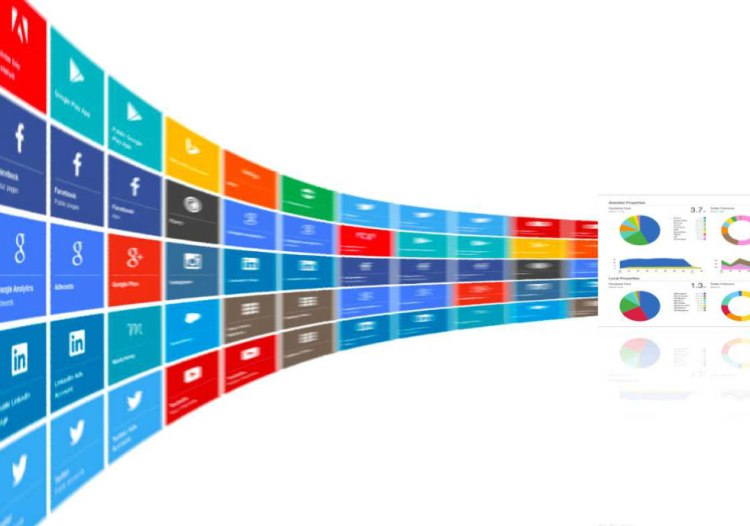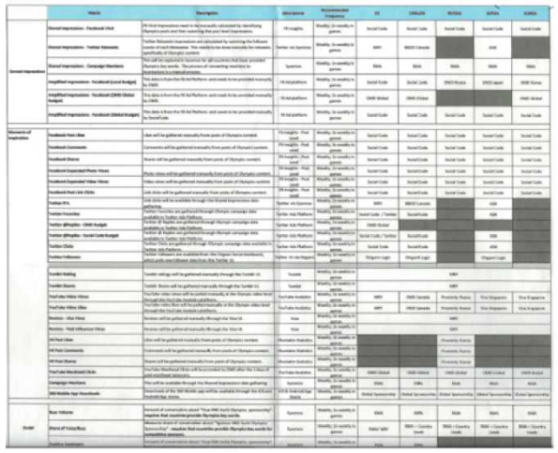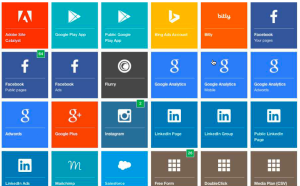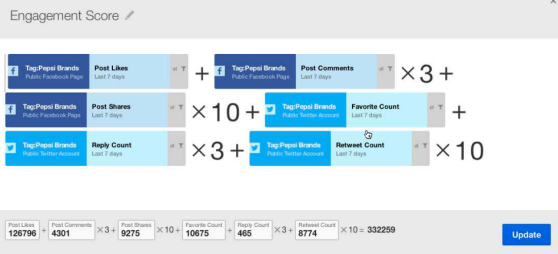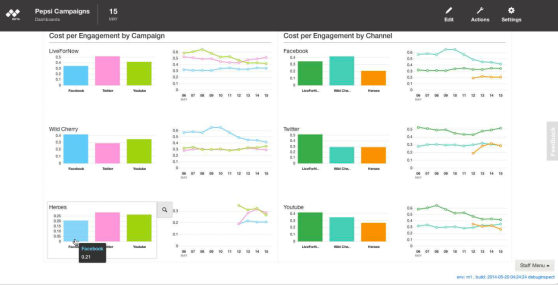Big data is a wonderful idea. As usual, however, the devil is in the details, and marketers are seeing a lot of the forked tail and pointy red ears lately.
Marketers gather more data now than ever before but use it less in decision-making. The reason, Origami Logic CEO Opher Kahane says, is obvious.
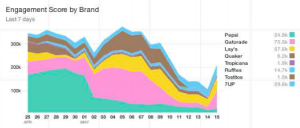 “Gathering marketing analytics is super-complex,” he says. “Most marketers are using Excel. It takes weeks, and by the time I have my performance report, the campaign is already over.”
“Gathering marketing analytics is super-complex,” he says. “Most marketers are using Excel. It takes weeks, and by the time I have my performance report, the campaign is already over.”
You might be wondering why, since you’ve run a Google AdWords campaign and it was pretty easy to see how your 15 ads in three categories performed. But big companies are running multi-channel campaigns with Google, Facebook, Twitter, Bing, mobile ad networks, and more, for a dozen or so accounts, in multiple countries, and for multiple brands.
The result is literally dozens of data sources and, inevitably, analysis paralysis — just because it takes so long to actually get usable knowledge out of the data:
Origami Logic’s answer to the problem is somewhat similar to competitor Beckon, which just launched a few months ago: a single platform that will integrate and analyze all the data from all your online — and offline — marketing channels, and present it to you so that you actually know the score and can determine if you’re winning or losing.
“Origami Logic is like a Mint for marketers,” Kahane told me. “It aggregates data from all my channels, whether that’s five accounts or 500 accounts. In a few clicks I suck in the data, it organizes the data to be accessible and meaningful, and I can connect my digital properties such as Facebook pages.”
That means ad data from Google, social data from Instagram, mobile data from Flurry, engagement data from Bitly, web performance data from Google Analytics, and much more, including offline data from campaigns, customer data from your CRM system, email marketing data from MailChimp, and free form data from Excel or other reports.
The result, Kahane says, is a single dashboard for everything you’re doing, viewable at the campaign level, country level, state level, or city level.
We asked over 1,000 marketers what the best marketing automation systems are.
In fact, you can even use a single customizable score system, making it as easy to measure your marketing impact as it is to check the latest MLB standings. Kahane demoed this very interesting feature for me, which allows you to set custom weights for marketing events, such as a page like, or a retweet, or an email open, or a white paper download, or post shares, depending on how valuable you find them to be for brand marketing and/or performance marketing.
A single dashboard — and, frankly, simply being able to learn if you’re winning or losing at all — is kind of like nirvana for marketers, which is why the emerging category of marketing intelligence platforms is beginning to really heat up.
“What marketers need is a solution that standardizes and automates their performance measurement so they can focus on driving brand value,” Visa VP David Spievack said about Origami Logic’s system. A VP at Fox Sports, Brandon Ramsey, echoed that statement, saying that “with Origami Logic we get more time to be strategic and build our brand.”
The system also includes a tagging mechanism that allows you to tag all elements of a marketing campaign very quickly — for example by searching for ads and posts that include a particular word. Once they’ve tagged a multiplatform campaign, marketers can track it in a single dashboard that aggregates how their YouTube ads, mobile ads, organic Facebook posts, blog entries, and offline marketing is doing — including the cost per engagement on each platform.
“Now I can see which messages fit that tag and are high-performing,” Kahane says. “That’s very granular, very actionable data, and shows me which ads I might want to put more money behind.”
Kahane says that Beckon and other platforms that do similar things are evidence of the evolution of a new product category: marketing intelligence. The jury’s out on who will own this growing category, but Origami Logic has raised $24 million from venture partners like Accel and Lightspeed, and its team includes data scientists and engineers with experience at Facebook, Google, Juniper Networks, and analytics platforms like Tealeaf and Responsys.
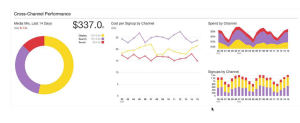 I asked if he’d ever close the loop and go from reporting everything in one place to also allowing companies to control all their thousands of ads in hundreds of places from Origami. The answer? Probably not — at least not in a way that owns that experience.
I asked if he’d ever close the loop and go from reporting everything in one place to also allowing companies to control all their thousands of ads in hundreds of places from Origami. The answer? Probably not — at least not in a way that owns that experience.
“We see ourselves as complementary to the execution platforms,” Kahane said. “If we’re Mint for marketers, the marketing systems — Facebook, Sprinklr — they are the bank accounts. Is there an opportunity to close the loop? Absolutely, over time. But we’ll still be complementary to the execution platforms.”
VentureBeat's mission is to be a digital town square for technical decision-makers to gain knowledge about transformative enterprise technology and transact. Learn More
